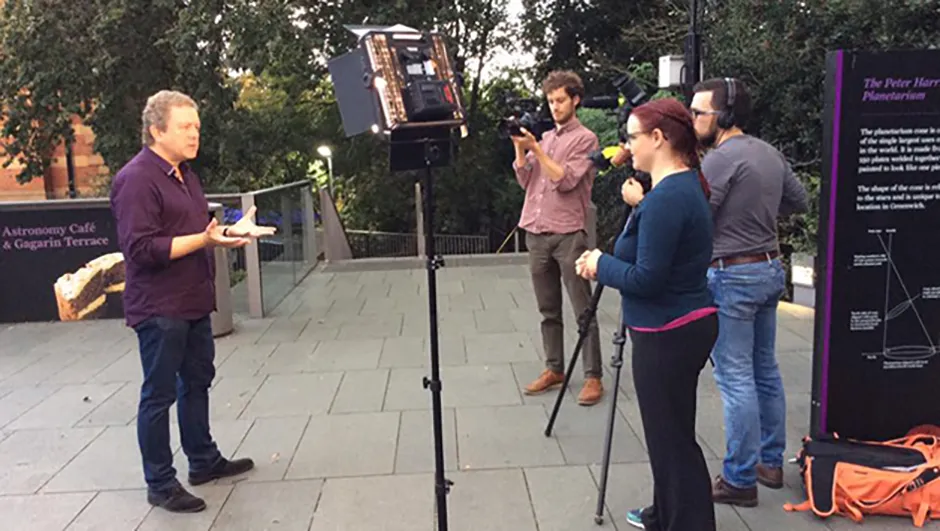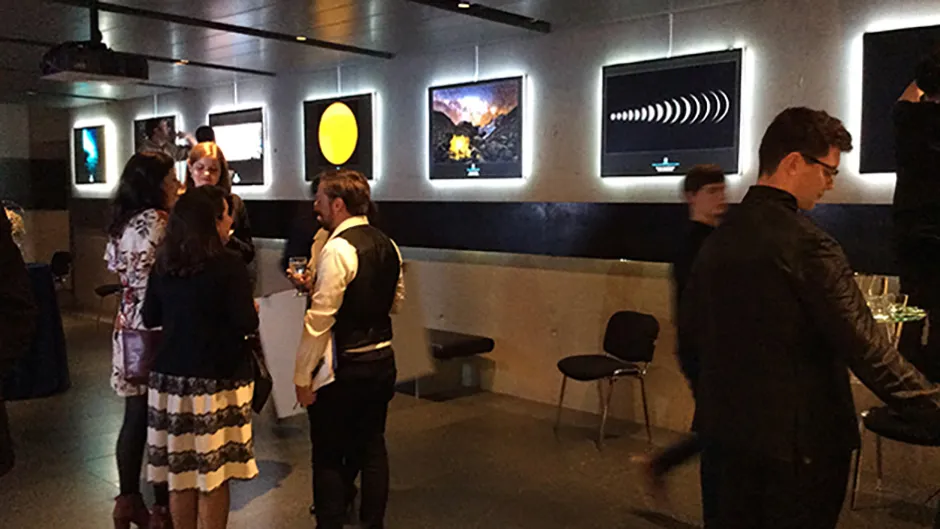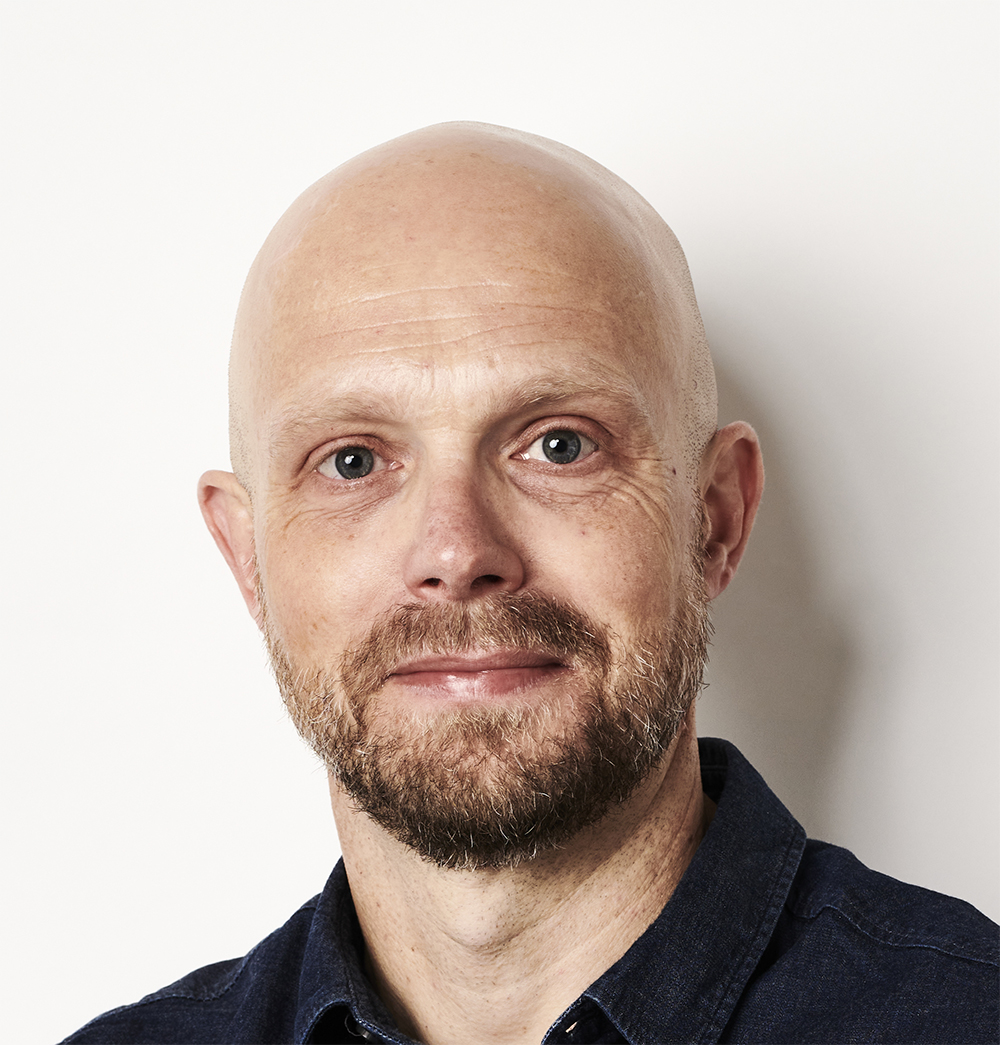Now that entries are closed for the Insight Astronomy Photographer of the Year 2018 competition, it's over to the judges to select the very best astrophotos from the field.
As one of the judges, that's what I've been doing recently. The panel met at the Royal Observatory Greenwich for what is always a challenging, lengthy and stimulating process.
Selecting the best images happens in many stages, for two reasons.
Firstly, there are always a great many entries; we're talking many thousands of images, and secondly the general standard of all the astrophotos is very high.

The judges study each image carefully and decide which will make it through.
When making the selection, we weigh up many factors.
We consider the artistic impact of each photograph - how is it composed?
Is there a clear focal point to the picture? Are the main subjects well placed within the photo's borders?
And we examine the technical aspects - how has the photographer controlled the exposure?
Are any areas over- or under-saturated?
Are there any tell-tale artefacts left over from image processing?
When combined, these two considerations are a good filter.
Some images might be technically very accomplished, yet lack that little bit of artistry that makes them 'pop'.
Perhaps the subjects will be placed in such a way that the composition appears flat, perhaps they'll be cut off by the edge of the picture.
Other photos will be creatively accomplished, yet might lack technical prowess.
They might be very noisy, or perhaps of a colour that would never exist in nature.
By paying close attention to both of these factors and more, the judges work their way carefully through the longlist - and true to its name it's a long process.

The painstaking task is carried out behind closed doors.
The judges sit around a circular table at the Royal Observatory Greenwich and study each picture in turn, debating strengths and weaknesses.
It takes a long time; thankfully tea and fresh coffee is always to hand to keep concentration levels high.
In this undisturbed atmosphere it's possible to really focus in on the images, giving each the attention that the effort which has gone into creating it deserves.
By the end, we will have narrowed the field to about 10 per cent of the size it was before, ready for the next round of deliberation later this year.
Follow the Royal Observatory Greenwich and BBC Sky at Night Magazine on Twitter to keep up to date with the latest developments in this year's competition.This year's winners will be announced on 23 October 2018.
